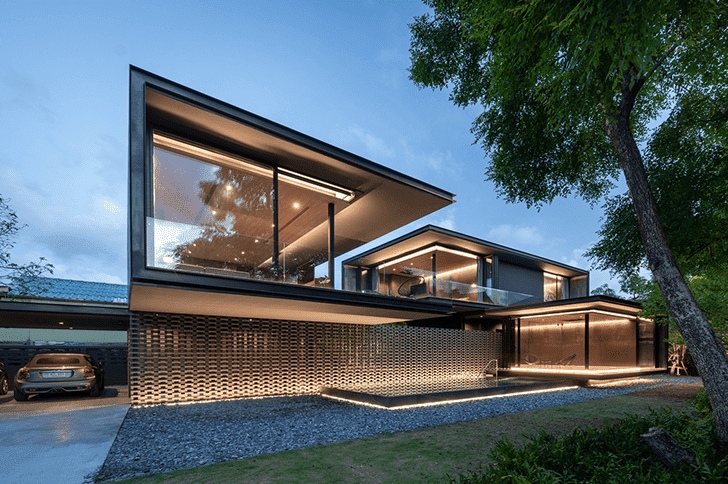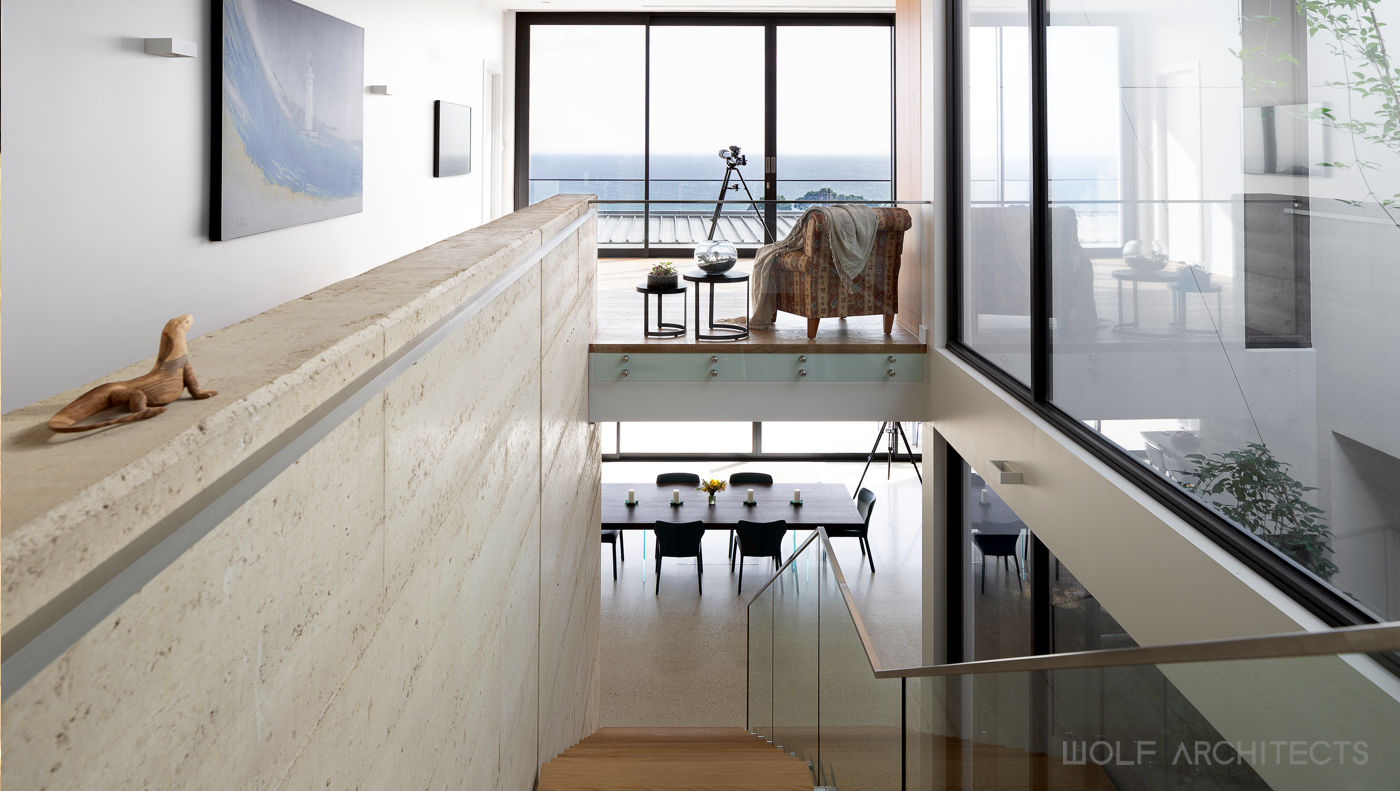Residential Architects: Creating Beautiful, Functional Spaces for Every Home
Residential Architects: Creating Beautiful, Functional Spaces for Every Home
Blog Article
How Residential Architects Create Customized Residences for each Way Of Living
The process by which household architects layout personalized homes is a nuanced interaction of understanding customer requirements and translating those insights into useful living rooms. With detailed examinations and the usage of layout tools, designers catch the significance of their customers' way of lives, making sure that each home reflects individual worths and goals.
Recognizing Client Demands

Reliable communication is extremely important in this procedure. Architects need to urge clients to verbalize their way of lives, family characteristics, and future desires, making sure that the design reflects their special identity. By employing tools such as questionnaires, meetings, and aesthetic studies, engineers can gather important insights right into the client's vision.
Moreover, recognizing the context in which a home will exist is crucial. Architects need to think about aspects such as the website characteristics, local climate, and social impacts that can affect the design. This alternative strategy permits for the creation of spaces that are not only aesthetically pleasing but sustainable and likewise sensible.
Ultimately, a deep understanding of customer needs enables architects to develop tailored homes that improve the lifestyle for their owners, promoting a sense of belonging and convenience within their living settings.
Style Refine and Cooperation
The layout procedure in residential design is a vibrant interplay of creativity and collaboration, where engineers, clients, and various stakeholders function very closely to bring a vision to life. This iterative trip normally begins with a collection of conferences to establish a thorough understanding of the customer's desires, preferences, and way of life demands. During these discussions, engineers gather essential details, enabling them to conceptualize designs that straighten with the customer's vision.
Complying with the first consultations, the style stage progresses via sketches, 3D versions, and architectural renderings. This visual communication serves as a tool for engineers to present ideas, while additionally welcoming client responses, making sure that the final style reverberates with their expectations. Efficient cooperation with designers, professionals, and indoor developers is essential throughout this phase, as it makes sure that all functional facets of the job are flawlessly incorporated.

Incorporating Way Of Life Components
Including way of living aspects into household design is important for developing rooms that absolutely reverberate with the citizens. residential architecture homes. This procedure starts with comprehending the one-of-a-kind needs, choices, and day-to-day regimens of the house owners. Architects take part in comprehensive discussions to reveal how the individual or family uses their area, whether for entertaining guests, pursuing leisure activities, or looking for silent retreat
Once these insights are gathered, designers can customize style functions that boost day-to-day experiences. Open floor plans might be designed for households that prioritize togetherness, while devoted offices can be integrated for those that function from home. Exterior areas, such as gardens or patio areas, can be stressed for families that enjoy outside activities or amusing.
Furthermore, adaptability is a crucial consideration; multi-functional areas enable versatility as way of lives advance in time. Personalized storage space solutions can likewise be integrated to fulfill certain company demands, making certain that the home stays clutter-free and functional. Inevitably, by attentively weaving way of life components right into the building textile, household designers develop personalized homes that not just satisfy visual wishes but likewise considerably enhance the top quality of life for their customers.
Sustainable and Smart Design
Lasting and smart layout increasingly plays an essential role in domestic architecture, as house owners seek to reduce their ecological impact while boosting their living experiences. Designers are currently integrating environment-friendly materials, energy-efficient systems, and cutting-edge innovations to create homes that not just satisfy visual needs yet likewise offer the planet.
Integrating renewable resource resources, such as solar panels and wind turbines, permits house owners to harness natural deposits, considerably minimizing reliance on conventional power grids. Smart home technologies further boost sustainability by optimizing energy use with automated systems that regulate air conditioning, home heating, and lighting based on tenancy and preferences.
Additionally, using sustainable building materials-- like reclaimed wood, bamboo, and reused steel-- promotes a circular economic situation, minimizing waste and source usage. Architects likewise emphasize easy layout principles, making sure homes are oriented for maximum natural light and air flow, therefore minimizing the requirement for man-made home heating and cooling.
In enhancement to environmental benefits, clever and sustainable layout contributes to the total comfort and health of locals. By prioritizing indoor air quality and all-natural components, architects produce spaces that promote health, enabling home owners to flourish attuned to their environment.
Wrapping Up and Carrying Out Strategies
Completing and executing plans is a crucial stage in the residential design process, where the vision of a personalized home begins to materialize. This phase involves meticulous focus to detail, making sure that every facet of the layout is specifically articulated and prepared for building. residential architecture homes. Architects work together closely with clients to review last plans, attending to any kind of final modifications or problems, while guaranteeing that all elements line up with the homeowner's way of living requirements
Once strategies are wrapped up, engineers prepare extensive construction files, including detailed illustrations and helpful hints specifications that act as a blueprint for home builders. These papers detail products, finishes, and setup methods, giving clarity for subcontractors and contractors. Additionally, protecting essential authorizations try this website and adhering to neighborhood building codes is essential, as it guarantees compliance and smooth task implementation.
Efficient interaction is vital throughout this phase. Normal updates and discussions with builders assist to minimize potential issues prior to they develop. By fostering a collective setting, architects can guarantee that the application lines up with the initial vision. Ultimately, this important stage transforms concepts right into reality, laying the foundation for a home that mirrors the distinct way of living and preferences of its inhabitants.
Verdict
Finally, domestic engineers play a critical role in crafting tailored homes that accommodate diverse way of livings. Through precise understanding of client demands, joint layout procedures, and the assimilation of lifestyle aspects, designers make sure that each home reflects specific choices. The consolidation of sustainable practices and smart modern technologies even more boosts functionality and environmental obligation. Eventually, the efforts of property designers finish in the awareness of personalized home that promote convenience and well-being for their citizens.
The process by which property engineers style tailored homes is a nuanced interaction of recognizing client requirements and converting those understandings right into practical living rooms. Through extensive consultations and the usage of layout devices, architects capture the significance of their customers' lifestyles, guaranteeing that each home mirrors individual values and next desires. Designers should encourage customers to verbalize their way of livings, family characteristics, and future ambitions, ensuring that the layout mirrors their special identity.The design process in household design is a vibrant interplay of imagination and partnership, where designers, clients, and different stakeholders function carefully to bring a vision to life - residential architecture homes. With thorough understanding of client needs, joint design procedures, and the assimilation of lifestyle aspects, architects make sure that each home shows specific choices
Report this page